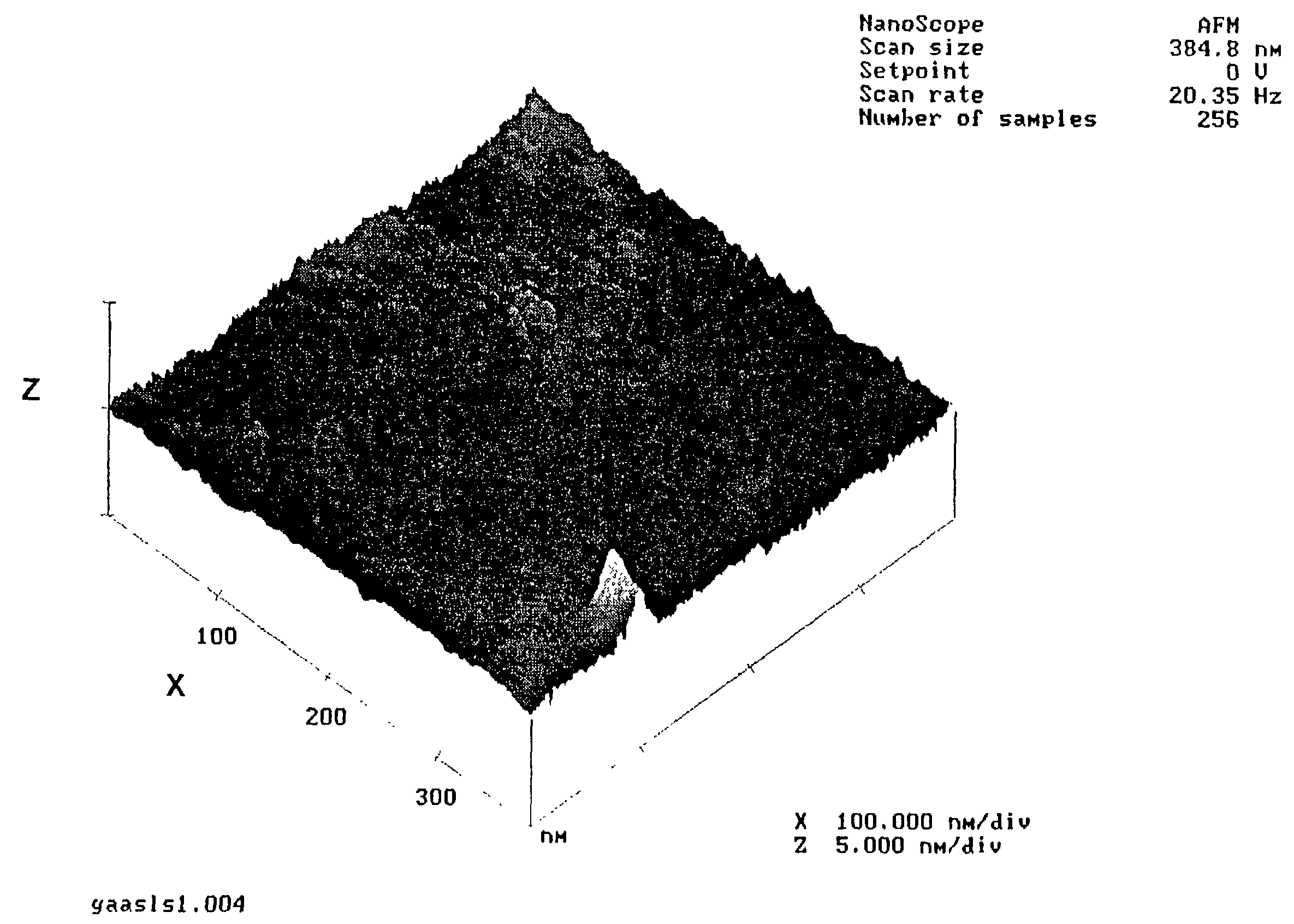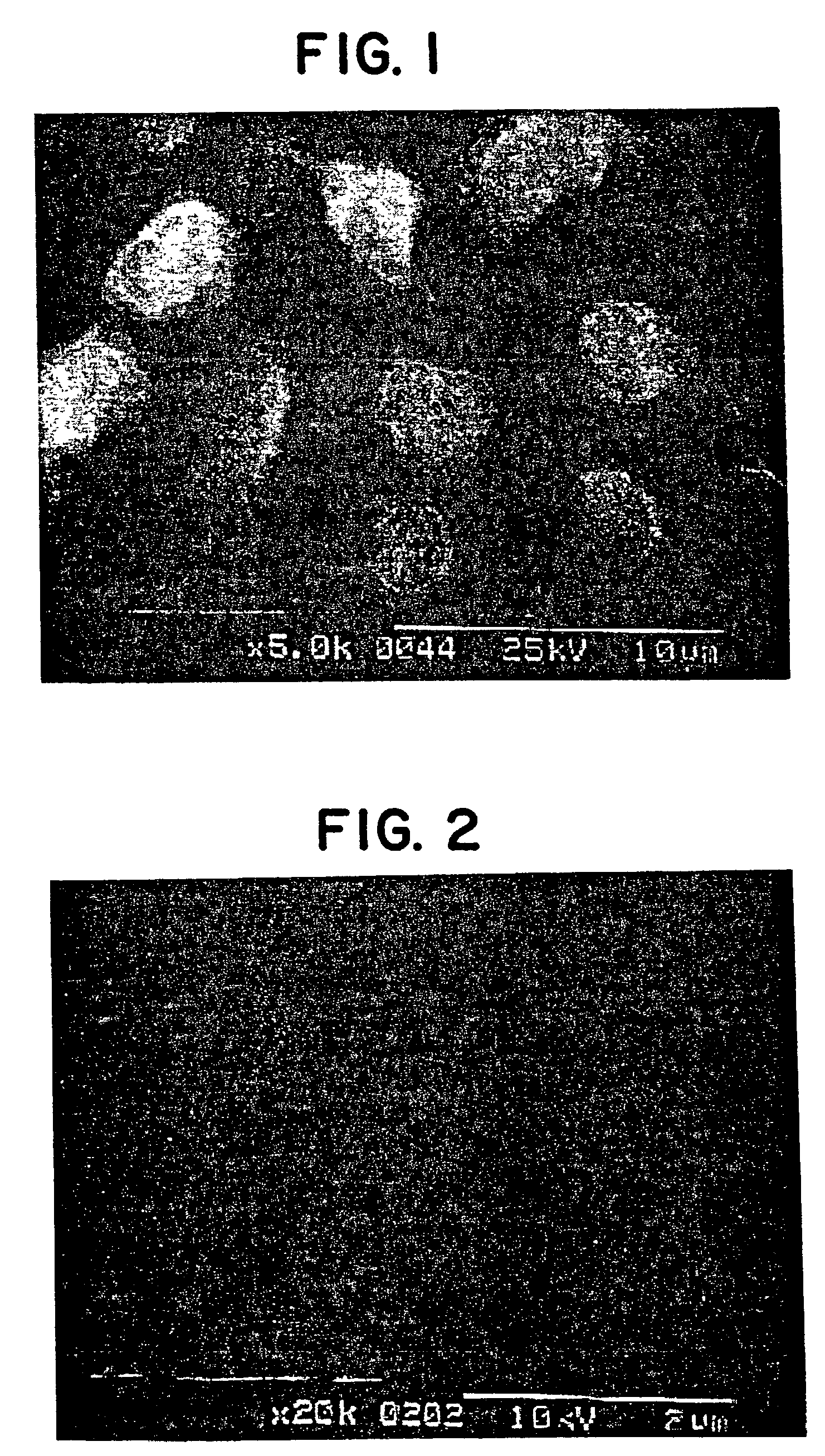Passivation of material using ultra-fast pulsed laser
a pulsed laser and ultra-fast technology, applied in the direction of basic electric elements, electrical equipment, semiconductor devices, etc., can solve the problems of reducing the efficiency of radio-frequency (rf) and wireless communication applications, affecting the efficiency of semiconductor devices, and affecting the efficiency of radio-frequency (wiii) communications
- Summary
- Abstract
- Description
- Claims
- Application Information
AI Technical Summary
Benefits of technology
Problems solved by technology
Method used
Image
Examples
example
[0038]This example illustrates the treatment of a gallium arsenide surface to remove the naturally existing surface oxide and prepare a stable passive surface.
[0039]Samples of n(100) GaAs, 600 micrometers thick, were prepared. Each sample was about 1 cm×1 cm in dimensions, and was degreased by treating it with warm methanol for about two minutes. The samples were then rinsed in flowing de-ionized water and dried in flowing nitrogen gas. The cleaned GaAs samples were mounted vertically on a computer controlled X-Y-Z translation stage.
[0040]The samples were then treated with an unfocussed femtosecond laser beam. The laser treatment was performed in air in an effort to make the laser treatment as representative as possible of conventional environmental conditions in the semiconductor industry. The laser was an excimer pumped UV-dye laser having a wavelength of about 248 nm, a pulse duration of about 380 femtoseconds (fs), and an output energy of about 10 millijoules (mJ) per pulse, wit...
PUM
 Login to View More
Login to View More Abstract
Description
Claims
Application Information
 Login to View More
Login to View More - R&D
- Intellectual Property
- Life Sciences
- Materials
- Tech Scout
- Unparalleled Data Quality
- Higher Quality Content
- 60% Fewer Hallucinations
Browse by: Latest US Patents, China's latest patents, Technical Efficacy Thesaurus, Application Domain, Technology Topic, Popular Technical Reports.
© 2025 PatSnap. All rights reserved.Legal|Privacy policy|Modern Slavery Act Transparency Statement|Sitemap|About US| Contact US: help@patsnap.com



